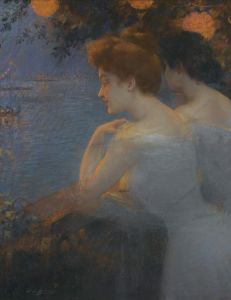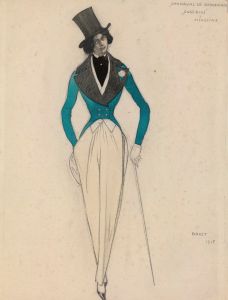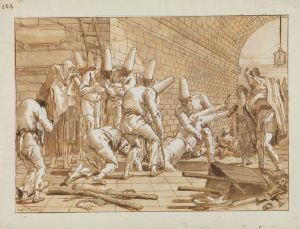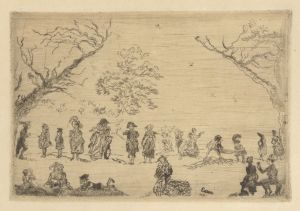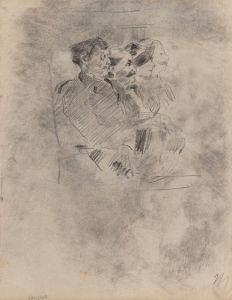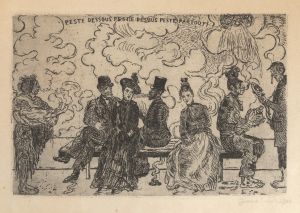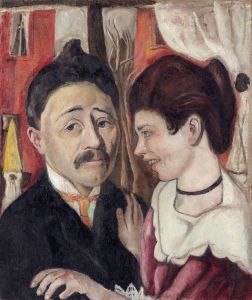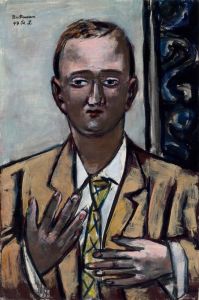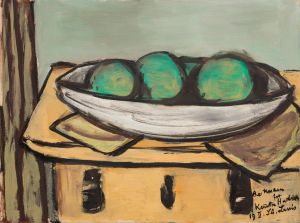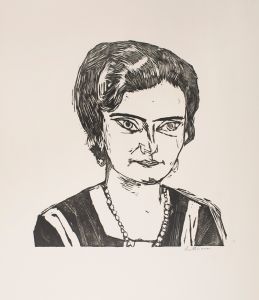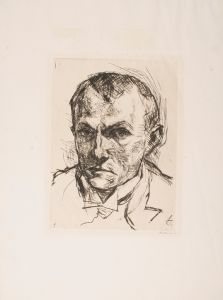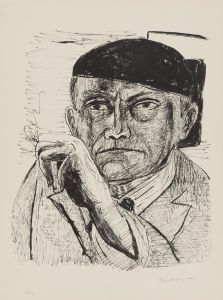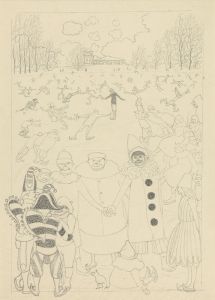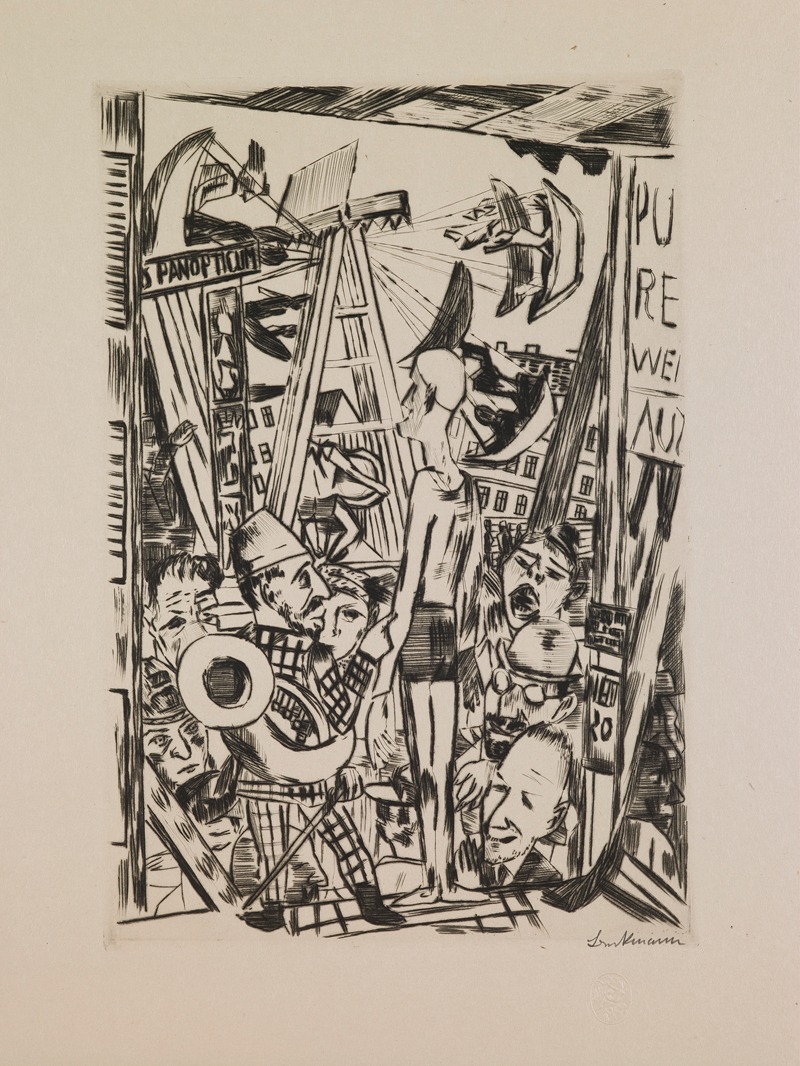
The Tall Man, plate 5 from the portfolio ‘Annual Fair’
A hand-painted replica of Max Beckmann’s masterpiece The Tall Man, plate 5 from the portfolio ‘Annual Fair’, meticulously crafted by professional artists to capture the true essence of the original. Each piece is created with museum-quality canvas and rare mineral pigments, carefully painted by experienced artists with delicate brushstrokes and rich, layered colors to perfectly recreate the texture of the original artwork. Unlike machine-printed reproductions, this hand-painted version brings the painting to life, infused with the artist’s emotions and skill in every stroke. Whether for personal collection or home decoration, it instantly elevates the artistic atmosphere of any space.
Max Beckmann was a prominent German painter and printmaker, known for his distinctive style that combined elements of Expressionism, New Objectivity, and a personal form of realism. One of his notable works is "The Tall Man," which is plate 5 from the portfolio titled "Annual Fair" (Jahrmarkt), created in 1921. This portfolio is a series of lithographs that reflect Beckmann's interest in the themes of circus, carnival, and the human condition, which were recurrent motifs in his work during the post-World War I period.
"The Tall Man" is part of a larger body of work that Beckmann produced in the early 1920s, a time when he was deeply affected by the aftermath of the war and the social upheavals in Germany. The "Annual Fair" portfolio consists of ten lithographs, each depicting different scenes and characters associated with the fairground, a setting that Beckmann used to explore the complexities of human nature and society.
In "The Tall Man," Beckmann presents a figure that is both imposing and enigmatic. The tall man is depicted with exaggerated proportions, a characteristic feature of Beckmann's style, which often involved distorting figures to convey psychological depth and tension. This figure is likely a representation of a fairground performer, possibly a stilt-walker or a figure of authority within the chaotic environment of the fair. The use of bold lines and stark contrasts in the lithograph highlights the dramatic presence of the tall man, making him a focal point of the composition.
Beckmann's choice of the fairground as a setting is significant. Fairs and circuses were popular forms of entertainment in the early 20th century, and they provided a microcosm of society where various social classes and human behaviors intersected. For Beckmann, the fairground was a metaphor for the world, a place where the boundaries between illusion and reality, joy and despair, were blurred. This theme is evident in "The Tall Man," where the figure's exaggerated form and ambiguous role invite viewers to question the nature of performance and identity.
The "Annual Fair" portfolio, including "The Tall Man," reflects Beckmann's mastery of the lithographic medium. Lithography allowed him to experiment with textures and tones, creating images that were both dynamic and introspective. The portfolio was produced during a period when Beckmann was gaining recognition as a leading artist in Germany, and it contributed to his reputation as a keen observer of the human condition.
Overall, "The Tall Man" is a compelling example of Max Beckmann's ability to capture the complexities of human experience through his art. The work remains an important part of his oeuvre, illustrating his unique approach to form, narrative, and symbolism.





